Correlational Matrix/ Scales of Measurement
1/7
There's no tags or description
Looks like no tags are added yet.
Name | Mastery | Learn | Test | Matching | Spaced |
|---|
No study sessions yet.
8 Terms
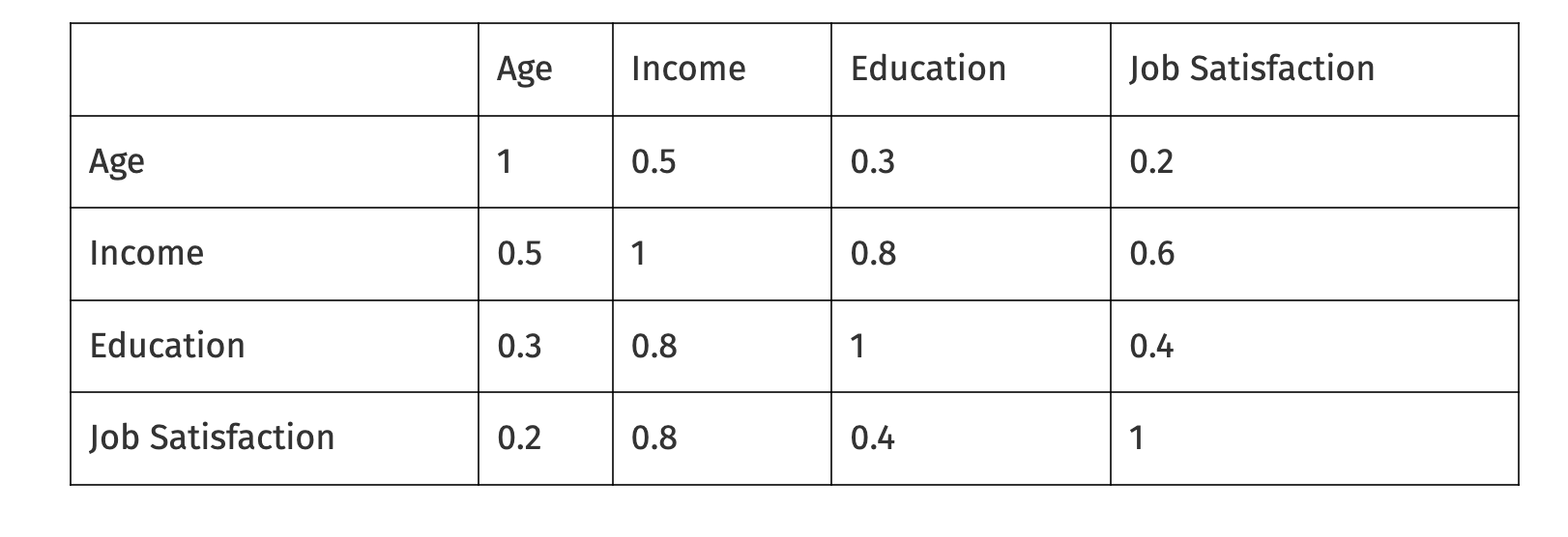
income and education
age and job satisfaction
0.8. This means that people with higher education levels tend to have higher incomes.
0.2 shows that age is not a strong predictor of job satisfaction.
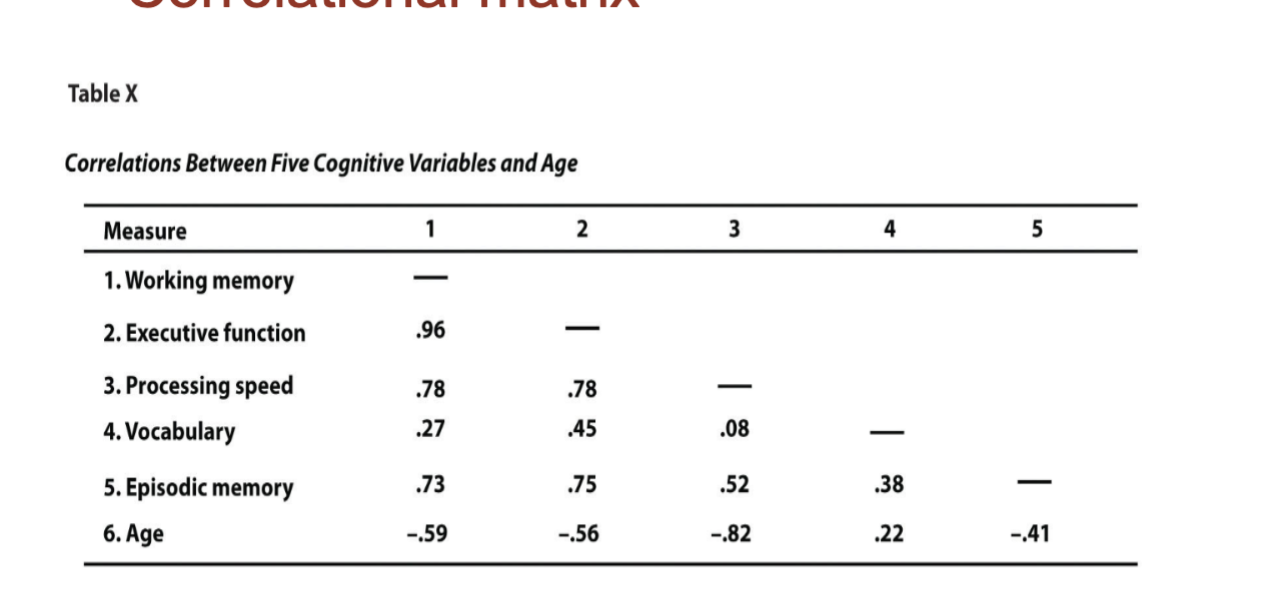
executive function and episodic
0.75
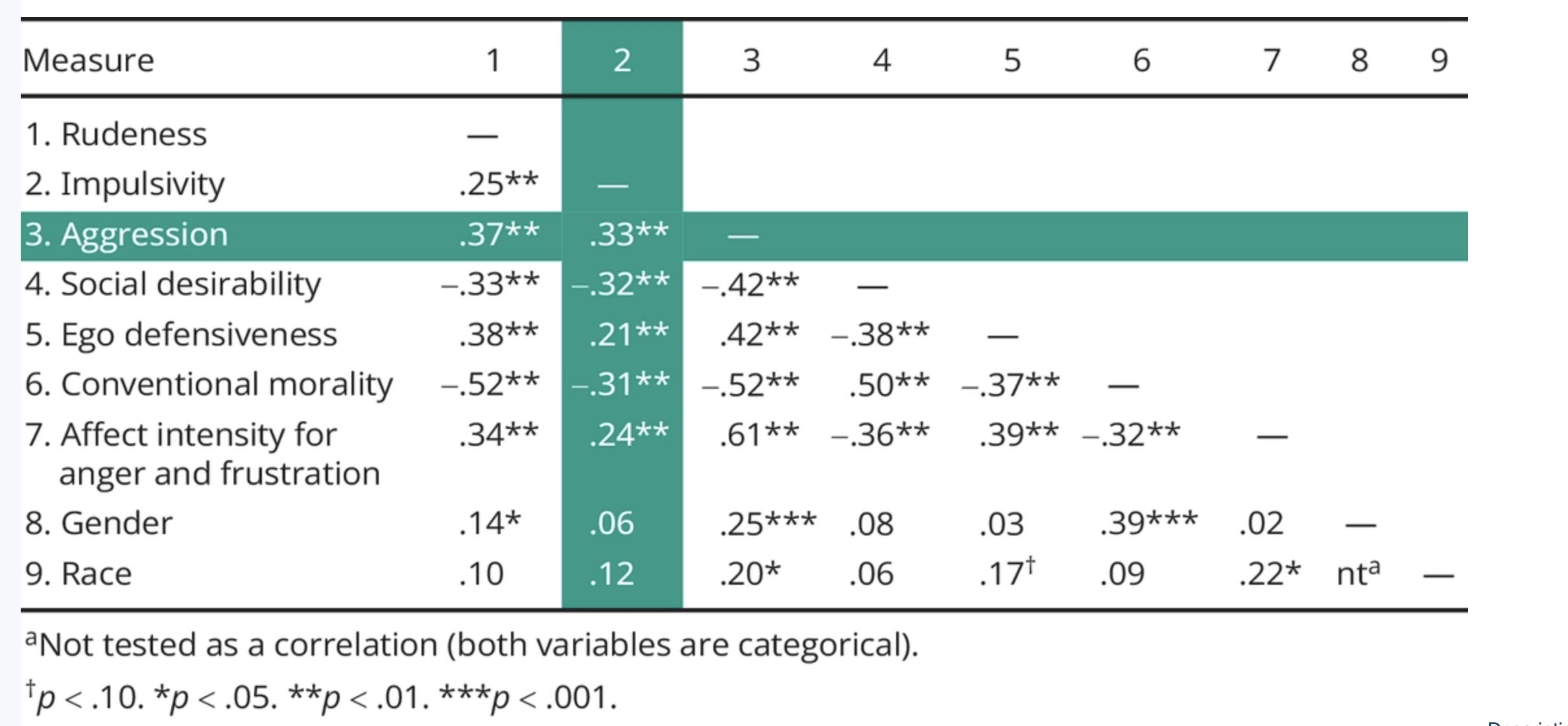
verbally rude and impulsivity
0.25, postive correlation
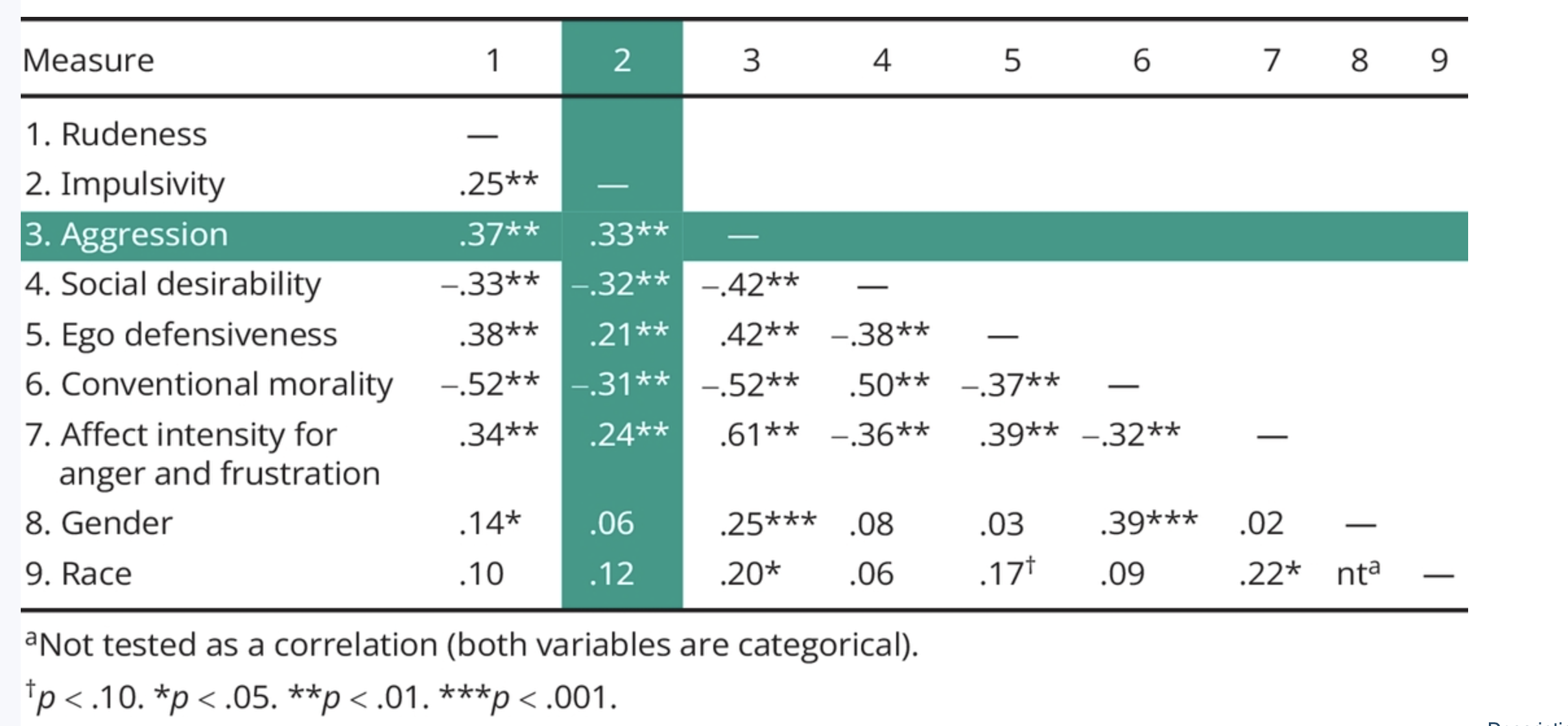
verbally rude and conventional morality
r = −0.52, negative correlation
Equal Interval
When a scale has equal intervals, each unit or range of values is the same size, regardless of its position on the scale.
Example:
A thermometer is a good example of an equal-interval scale. The difference between 30° and 40° is the same as the difference between 50° and 60
Properties, Mathmatecial Operations, Descriptive Statistics for the Scales of Measurement
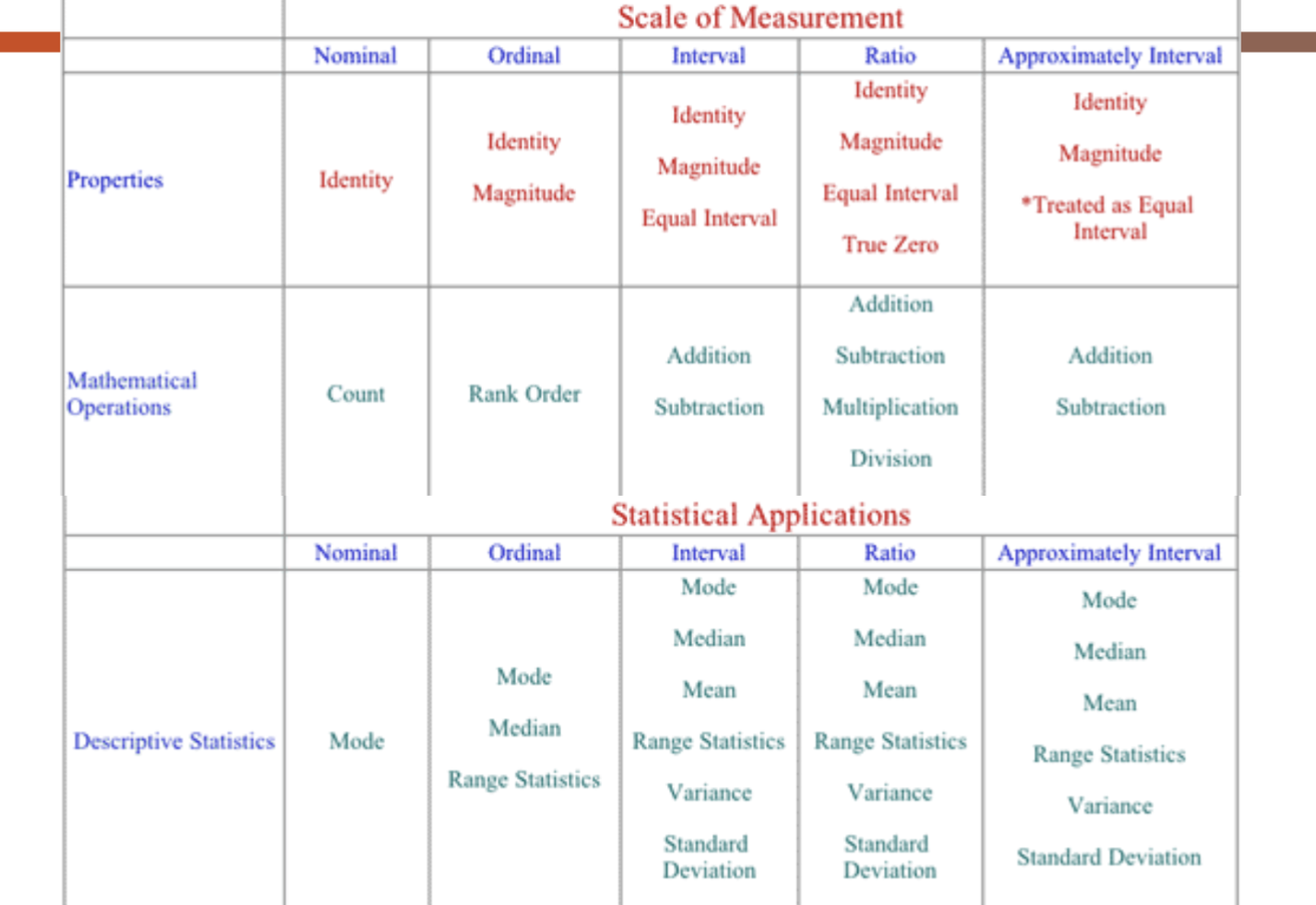
approximate interval
an approximate interval usually refers to an interval estimate that gives a range of likely values for a population parameter (like a mean or proportion), based on sample data.
The most common kind is a confidence interval — for example:
“We are 95% confident the true mean lies between 10 and 14.”
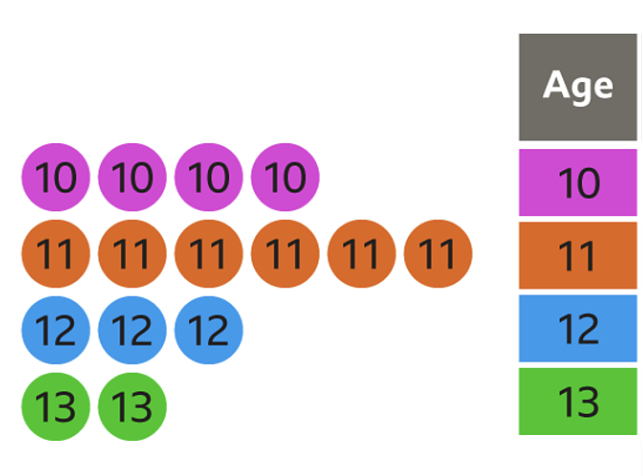
Frequency
4
6
3
2